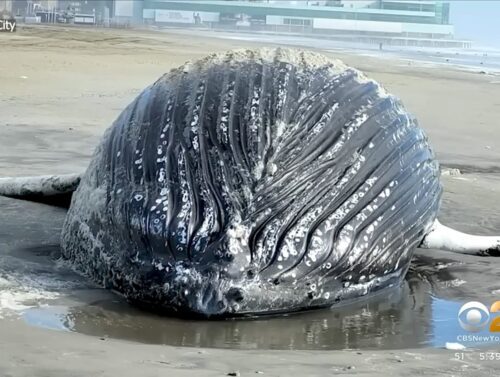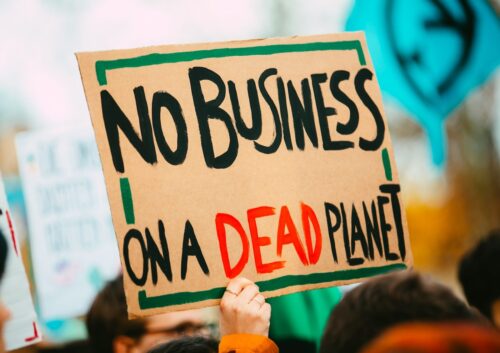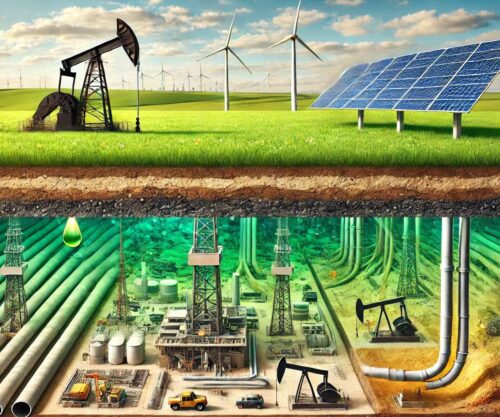
The Trump administration will spend $625 million to modernize coal plants to keep them operating and open 13.1 million acres of federal land to coal mining. [emphasis, links added]
The move reverses a decades-long push to extinguish coal as an energy source in the U.S. and helps revive an industry weakened by the growth in natural gas.
Energy Secretary Chris Wright said most of the money will be spent modernizing aging plants and funding coal projects that will bring affordable and reliable energy to rural areas.
It marks a significant step toward President Trump’s pledge to revive the nation’s coal industry, which has been in decline, in part due to increasingly strict emissions caps and other environmental regulations.
“The coal industry has been under assault under previous administrations, but now, coal plants will remain relied upon to power the U.S. and win the AI race,” Mr. Wright said.
President Trump promised to revive coal to help lower rising costs, protect national security, and meet increasing energy demands, particularly from the growing artificial intelligence sector.
Coal made up roughly 10% of U.S. total energy production in 2024, according to the government’s Energy Information Administration. It reported that last year’s coal production marked the lowest annual output since 1964.
Coal was the largest source of U.S. energy production from 1984 through 2010, but far less coal is now mined in the U.S., and coal-fired power plants make up just a fraction of past energy generation.
In 2024, only 15% of all U.S. energy came from coal, down from nearly 45% in 2010.
Coal has largely been replaced by natural gas. Solar and wind have also become a larger part of the U.S. energy mix, but they require backup power sources such as coal, nuclear, or natural gas.
Regulators have warned that aggressively phasing out coal and other fossil fuel sources and replacing them with intermittent solar and wind power risks destabilizing the electrical grid, particularly during extremely hot or cold weather when demand surges.
Mr. Trump campaigned on reviving the coal industry to help restore grid stability and meet demand. He has taken numerous steps to pump new life into the industry.
In May, Mr. Wright announced the designation of coal as a critical mineral, deeming it essential to economic and national security.
The Interior Department ended a moratorium on federal coal leasing, nearly a decade after it was paused by the Obama administration.
The department also moved to eliminate regulations it deemed burdensome through a review of federal oversight rules. It streamlined the review process for coal mining on public lands and lowered the royalty fees for coal operators.
Both the Obama and Biden administrations sought to close the nation’s coal plants to eliminate carbon emissions and other pollutants.
President Biden’s power plant rule would have effectively required every coal plant in the U.S. to shut down by requiring them to meet a likely impossible 90% reduction in carbon emissions by 2032.
Top photo by Team Kiesel on Unsplash
Read rest at Washington Times



















There are only two reliable sources for base load electricity generation and that is coal and nuclear. They are capable of running at 100% power for weeks on end and unlike natural gas plants they have onsite storage of fuel (nuclear fuel inside the plant while coal plants have a large pile of coal onsite).